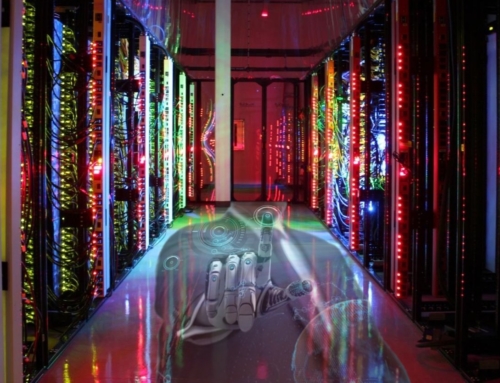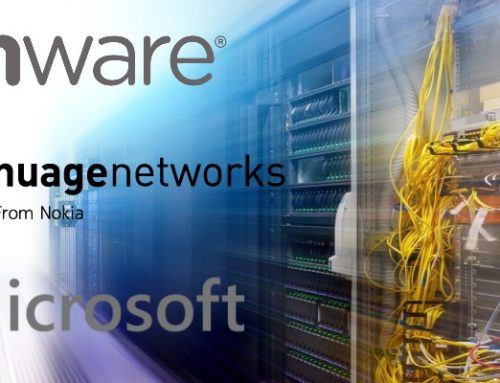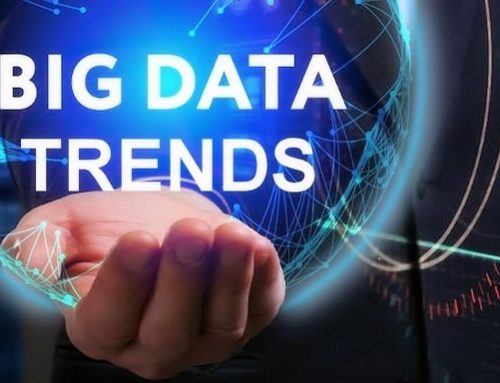Today, my workspace is on a transcontinental flight on American Airlines. Tomorrow, it will be in a cozy corner of the Moscone Centre. Over the course of the next 24 hours alone, my workspace will probably connect to over four different Wi-Fi networks and three different devices, both personal and corporate owned. The idea of work has typically been defined by location or time of day, but there is nothing “standard” about today’s way of working. Consumer-focused technologies have quickly settled into the business culture, giving teams the proper tools to be flexible and to work efficiently. Although enterprises are finally taking to the notion of supporting a truly digital workspace, it won’t be long before that notion undergoes yet another drastic transformation. The concept of the “digital” workspace isn’t new, but has evolved over time for all users. It’s fair to say that the devices we regularly use for professional purposes, many of which were considered “nontraditional,” have quickly made their way into the status quo. As a result of mobile, cloud computing and big data services, smartphones, tablets and Macs have infiltrated enterprise IT. But as IT makes headway on supporting devices and flexible work-style requirements, a new surge of technologies are rumbling in the near future.
The Internet of Things (IoT) and the concept of wearable technology, appliances, machines and sensors transforming static objects into digital tools are on the cusp of becoming a fundamental part of day-to-day operations. But is IoT just hype? The answer is no, as the next wave of innovation for end-user computing reaches far beyond the fun buzzwords and work conveniences of late. For industries across the board, Gartner forecasts that by 2020, 20.8 billion devices will be connected to the Internet, generating over 20 zettabytes of data. The company also projected that over half of major new business processes will incorporate some element of IoT. The expected spending on IoT end points is also predicted to be $3 trillion across the consumer and business worlds combined. Given those staggering numbers, enterprises must begin taking this trend seriously. But what exactly does it mean for IT teams? As businesses undergo a digital revolution, the digital workspace will no longer just consist of users interacting with a host of personal-computing devices—it will encompass any interaction between people and digital properties that contribute to delivering a product or service from a company to its customer. That means not only managing and securing users and devices themselves, but also looking after the infinite number of connections and integrations that will intersect at the digital workspace.
Although the IoT may transform the framework of business as a whole, IT will find itself tasked with supporting a holistic and complex “Workspace of Things” that extends far beyond even the most sophisticated of digital devices and workspaces today. What can IT do today to prepare for the most complex wave of new digital resources that will enter the enterprise in the coming years? For starters, they can focus on making decisions that will build a foundation for dealing with this anticipated complexity. The key to managing the growing web of technology lies in both automation and integration.
Fundamentally, automation puts IT in a position to take on more connections, more tasks and more complexities. Perhaps more importantly, it provides a platform for extensive levels of integration that supporting a growing network of interconnected things will require moving forward. As a result, automation serves to promote the following benefits:
- Speed: The goal of any forward-thinking IT group is to decrease time-consuming roadblocks and empower users by increasing productivity. If IT members can stop tackling the same routine tasks and communication between systems manually, they can free up time to focus on other important areas where multiple point solutions can be used. If workflows can link together the processes between people, devices and networks, IT can be more agile in seeking relevant information, delivering data and completing tasks. By reallocating the time saved to a different area of need, IT teams can be more impactful in providing results.
- Quality and consistency: Digital workspaces and their connected teams are the catalysts for problem solving and for streamlining tasks. Using repeatable workflows means that actions taken toward managing users and devices are always the same, making the outcomes predictable and repeatable. For businesses, the transition to a more connected workspace will breed benefits, without decreasing the level of service quality that IT is providing.
- Security: Careless people and small mistakes can pose some of the greatest threats. With more connections and operations to manage, the window for error opens wider. As such, industries will need to look beyond simply securing devices—they must include context-aware tools that focus on identity protection (or in some cases verification) and safeguarding data. Through automation, the possibility of human error is reduced, and IT can have much greater visibility into processes or workflows acting out of the norm.
- Flexibility: In the past, IT departments only delivered a small number of tools. As businesses expand and keep up with the latest solutions, they will need access to higher-quality resources. Using an automated approach, IT is in a position to adapt quickly to changing business dynamics in a manner that is fast and economical. Workflows can be adjusted quickly to reflect new business needs. New technologies can be incorporated into processes and be implemented seamlessly to promote productivity and avoid potential disruptions.
As IT develops its strategy for optimizing the digital workspace for today’s agile workforce, it should also make sure its plans can scale to more devices and machines. Every technology decision IT makes today must take into account a relatively short-term need to begin supporting a much more complex Workspace of Things, which the digital business transformation is inevitably steering us toward.
- Article Source: DataCenterJournal.com






